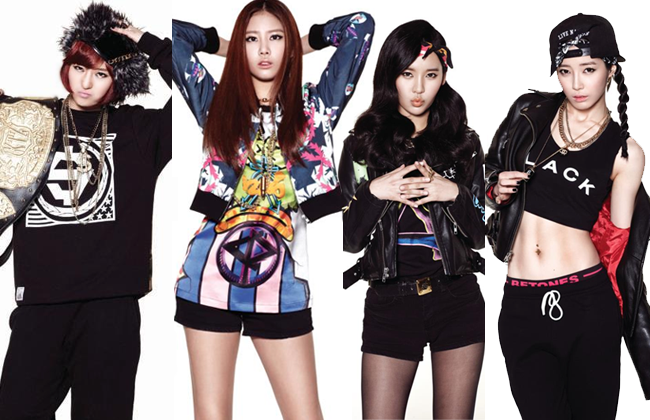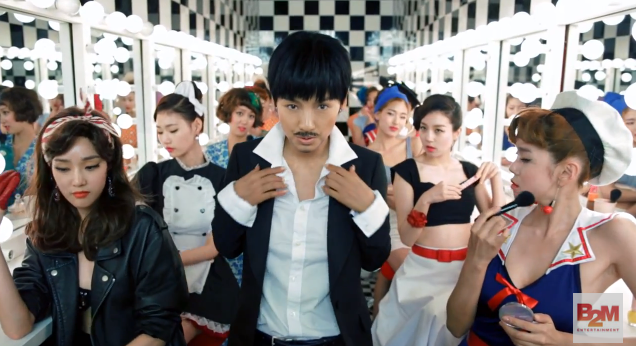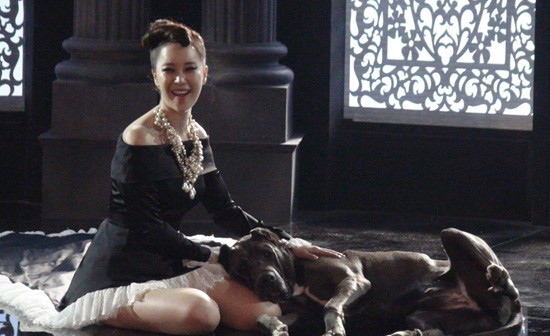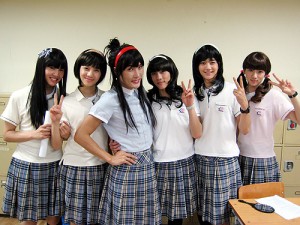 Female and male image within K-pop is a topic that is dissected consistently. From implicitly/explicitly implied sexuality, gender-bending, cross-dressing male idols, to androgynous band members and lolita-type doe-eyed girl groups; The image of males and females within K-pop can be a lot to handle, and to keep up with developments requires a strong mental capacity of the participant. Conclusions are hard to come by — if there are any.
Female and male image within K-pop is a topic that is dissected consistently. From implicitly/explicitly implied sexuality, gender-bending, cross-dressing male idols, to androgynous band members and lolita-type doe-eyed girl groups; The image of males and females within K-pop can be a lot to handle, and to keep up with developments requires a strong mental capacity of the participant. Conclusions are hard to come by — if there are any.
The topic of female image has been approached many times too: the beauty standards, female roles within K-dramas and movies, concept manipulation, and larger debates surrounding how inclusive K-pop is of feminism. Here on Seoulbeats, we are well versed with regards to female representation within K-pop.
This is not to say that the perception of the male image is any less interesting. The male image in K-pop has morphed over time and continues to change to this day. In less than 10 years, I have seen an array of concepts cooked up by corporations that have explored the male image in one way or another and have formed part of larger trends seen within K-pop. From grungy H.O.T-esque styles, spiky-haired visual kei inspired (a la TRAX,) to “hip-hop” vibes and flower boys galore; the concept of what is presented as “male” has been one that is continually being explored in many ways.
In todays horizon, all we have to do is look a little closer and we can see this evolution still taking place. Whether we find androgynous role models in idols like Ren of Nu’est or Amber of f(x), the “flower boy” phenomena of groups like SHINee and Boyfriend, to pure testosterone (2PM) — the spectrum of acceptable male ideals is wide, and can be hailed as a progressive step towards re-defining gender roles of males within K-pop and Korea.
However, it is left to be answered, exactly how progressive this step is? To gain an understanding of gender roles with Korean society, one has to understand the influence that patriarchy has had on the “male ideal.” Confucianism has not only altered the perception and expected roles of women within Korean society but males haven’t evaded this either. The Unlikely Expat writes that Korean men are “indisputable kings,” “masters of the households” and main “breadwinners” of the family. Gender roles are stereotypical across the country as a result and for Korean males, this entails living up to the “macho male” model.
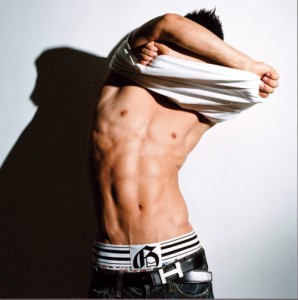 The ramifications of this are prevalent in K-pop — whereby the term “chocolate abs” isn’t a stranger to consumers. Stephen Epstein and Rachel M. Joo (from the Asian-Pacific Journal) argue that “an exposed nude torso has become a pre-requisite for male talents.” They point to examples such as 2PM, TVXQ and of course the king of bared midriffs; Rain. Epstein and Joo attribute this to the ideas that the power of body sporting realm represents economic might in some sense. During South Korea’s economic boom, people were granted more time for leisure as well as increased financial resources — it is only natural that some of this would be spent on caring for one’s body. Since the turn of the millennium, views on physical appearance have been built on longstanding traditions of announcing status — that are informed by patriarchal order, and intensified commodification of the body within Korea’s media saturated consumer capitalists. This has given rise to newer concepts of how “beauty,” “masculinity” and “femininity” are represented, but more importantly, how the modern nation’s self is understood.
The ramifications of this are prevalent in K-pop — whereby the term “chocolate abs” isn’t a stranger to consumers. Stephen Epstein and Rachel M. Joo (from the Asian-Pacific Journal) argue that “an exposed nude torso has become a pre-requisite for male talents.” They point to examples such as 2PM, TVXQ and of course the king of bared midriffs; Rain. Epstein and Joo attribute this to the ideas that the power of body sporting realm represents economic might in some sense. During South Korea’s economic boom, people were granted more time for leisure as well as increased financial resources — it is only natural that some of this would be spent on caring for one’s body. Since the turn of the millennium, views on physical appearance have been built on longstanding traditions of announcing status — that are informed by patriarchal order, and intensified commodification of the body within Korea’s media saturated consumer capitalists. This has given rise to newer concepts of how “beauty,” “masculinity” and “femininity” are represented, but more importantly, how the modern nation’s self is understood.
This seems to be a step in the right direction, if its intention and underlying causes were not so questionable. The Grand Narrative offers a critique of this trend of widening gender roles as being commercially driven. The chocolate abs, flower boys etc. are all created to sell. Korean male singers have to adapt to an increasing reliance on merchandising for their livelihood. This is not limited to albums, posters, and t-shirts, but rather a personality being “sold.” Fans are known to replicate the style of their favorite idols whether it be their clothes or their favorite catchphrases — and sometimes these produce disastrous results.
A good percentage of K-pop fans happen to be female — and these fans find it much easier to imitate an androgynous/flower boy style than something more rugged. Entertainment companies, broadcasters and stylists play off of this, and it begs the question of whether they are making money using the idea of an alternative male image as nothing but a guise.
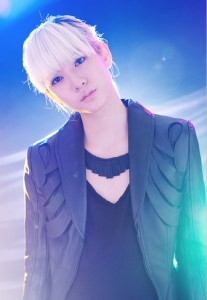 Cultivation theory posits that “consistent images construct a specific portrayal of society… as viewers see more and more images, they gradually come to cultivate/adopt attitudes and expectations about the world that coincide with the images they see.” This model has typically been used to explain the impact of TV violence on people, but has also been applied successfully to the cultivation of attitudes towards gender roles. From this, we can deduce that as the spectrum of “male images” gets more diverse, we should see a change in social behaviour, norms, values and structures surrounding gender roles — in time, they should become more accepting.
Cultivation theory posits that “consistent images construct a specific portrayal of society… as viewers see more and more images, they gradually come to cultivate/adopt attitudes and expectations about the world that coincide with the images they see.” This model has typically been used to explain the impact of TV violence on people, but has also been applied successfully to the cultivation of attitudes towards gender roles. From this, we can deduce that as the spectrum of “male images” gets more diverse, we should see a change in social behaviour, norms, values and structures surrounding gender roles — in time, they should become more accepting.
As the debate surrounding gender roles and the ideals of masculinity gets larger, it is important to note that its effect on the state of a larger Korean society is questionable. Is it truly right to say that “gender-bending” idols are leading Korea in to a time of infinite inclusivity? The evidence above suggests maybe. Though the intentions of companies in choosing these kinds of concepts for their artists may be marred in greed, we cannot entirely discredit their effect on perceptions of males in society. K-pop may have the ability to cultivate a new normativity in the larger Korean society that embraces a greater diversity of gender expressions. However, it is pretty difficult to tackle the male image without addressing patriarchy and unfair gender roles that have stemmed from a longstanding tradition, ultimately leaking its way into Korean entertainment. Be that as it may, progress is progress. No matter how small.
(Japanfocus.org, The Grand Narrative, The Unlikely Expat, Chaari, Kim and Lowry; TV Commercials as a Lagging Social Indicator: Gender Role Stereotypes in Korean TV Adevrtising, 2005 Images via Kpopselcaforum, Pledis Entertainment)
